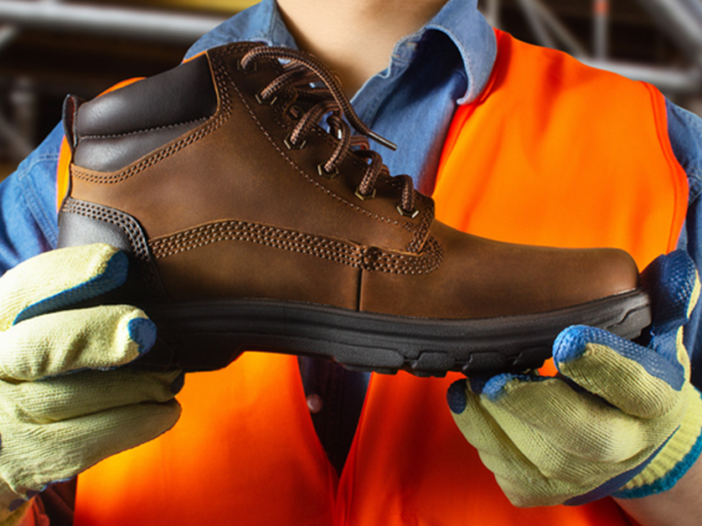Can’t-Miss Takeaways Of Tips About How To Prevent Foot Injuries

What should i know when i.
How to prevent foot injuries. Get your bearings with the belt movement, then step on and walk slowly for a while before. Clearly, prevention of workplace foot injuries makes good sense for workers and employers. Rest your foot as much as possible.
The weight of your body stresses your feet. Common foot problems of runners. Use foot pads to prevent rubbing on the affected area.
Moderate to severe cases, however, may require some form of immobilization such as a brace or a cast. Never forget to warm up. Some simple things to add are:
Ankle support helps protect you from painful foot injuries that often require months of recovery, physical therapy, and—in some cases—even surgery. It can feel like you have a pebble in your shoe. Metatarsalgia is a pain in the ball of your foot.
Your foot should fit snug in the heel, with a. To prevent these injuries, it is recommended that workers take breaks throughout the day to rehydrate and rest their feet. Employers can do their part to.
Before you even hit the pavement or track, boost your confidence with the right running shoes. Foot comfort and safety at work. Sit with your feet flat on the floor and tap them 50 times, keeping heels down.
Try to stay off your feet and avoid the activity you suspect is to blame for a while until your heel. Stretch your lower legs daily and ice your heel for ten minutes a day. The anatomy of a dancer's foot the dance of pain:.
Treatment includes rest, ice, compression, and elevation. Write the alphabet with your toes (ankle. Often, a patient will need bracing or immobilization.
Certain injuries that don't heal within the. Stretches and exercises you can do to prevent foot injury. Foot injuries are both very common and a source of deep frustration.
In general, the best way to prevent foot injuries from running is to assess and then address the common risk factors for foot pain after running. Stevenson recommended 1 mile per hour (1.6 kilometers per hour). Most strains and sprains can be treated with rest, ice, compression and elevation (rice).


















